The World’s Smallest Town Has Only Two Streets and Three Rows of Houses
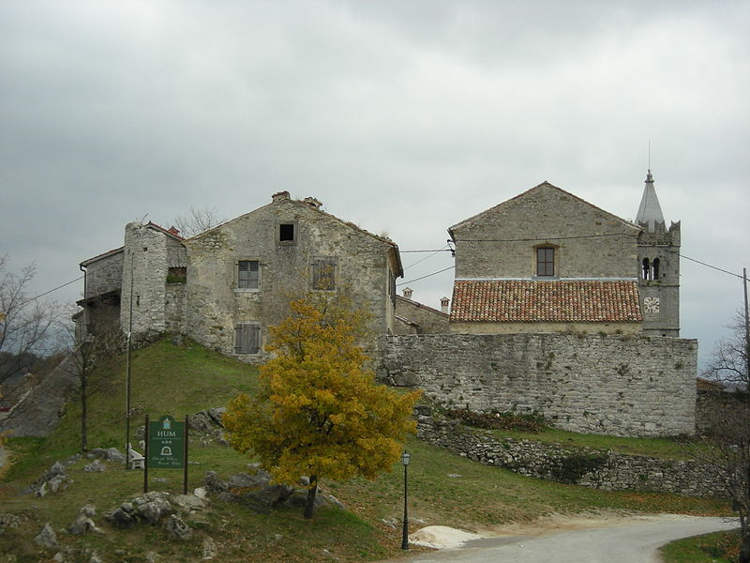
Hum is a picturesque hilltop settlement in Croatia’s Istria region whose main call to fame is being the smallest town in the world. Located in central Istria, approximately a 2.5 hours drive from Croatia’s capital city of Zagreb, the medieval hilltop town of Hum is home to between 20 and 30 people (21 according to […]
Khunzakh – Literally Living on the Edge in Dagestan
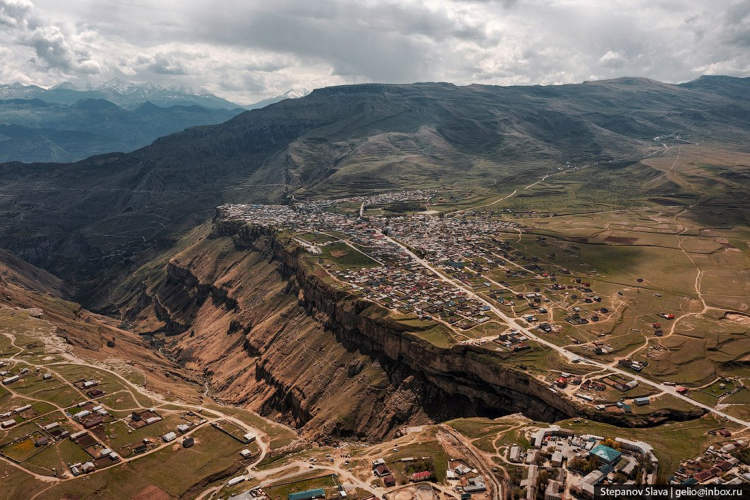
The ancient village of Khunzakh, in Dagestan, is literally perched on the edge of a deep canyon, making it one of the most awe-inspiring human settlements in the world. Before Khabib Nurmagomedov took the MMA world by storm and became the undisputed champion of the UFC Lightweight Division, most people hadn’t even heard of Dagestan. […]
Mysterious Geyser in Japan Has Been Gushing Out Water for Two Weeks
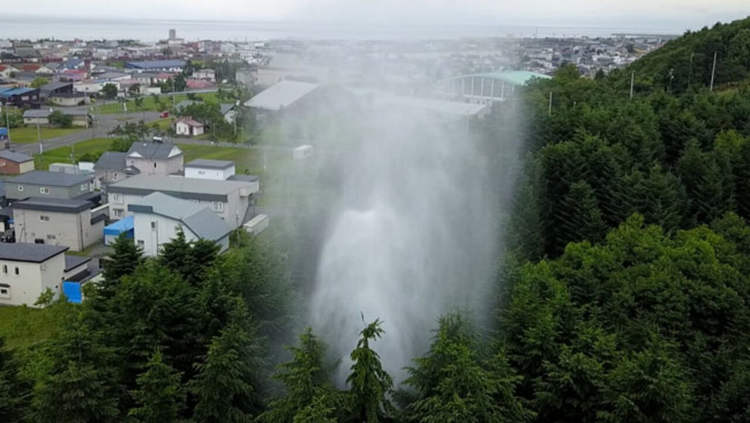
A mysterious geyser that erupted in the middle of a forest on the Japanese island of Hokkaido has been shooting up columns of water up to 40-meters-high for the past couple of weeks. Every year, on August 9, the small Japanese town of Oshamambe holds an annual summer festival complete with a traditional procession at […]
This European Football Stadium Has an Active Railway Track Passing Right Through It
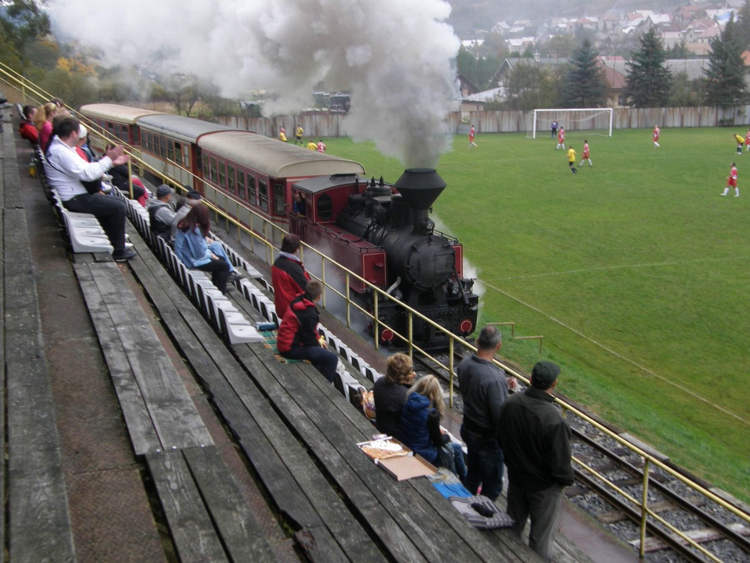
Slovakian amateur football club TJ Tatran Cierny Balog prides itself on having one of the most unique stadiums in the world, complete with a railway track and a steam engine running straight through it. Cierny Balog, a small Slovakian town of about 5,100 people, has become somewhat of a tourist spot in the last seven […]
Chichibugahama – Japan’s Instafamous Mirror Beach
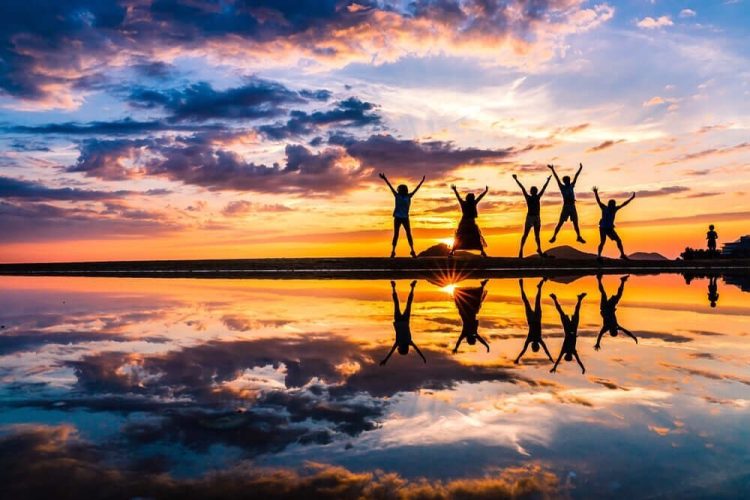
Chichibugahama Beach is a popular tourist destination in Mitoyo City, Japan which rose to fame thanks to photo-sharing social media platforms like Instagram. If you ever find ourself doubting the power of social media, just remember the story of Chichibugahama Beach. A once obscure seaside destination in Japan’s Kagawa Prefecture, this place turned into a […]
Ancient Wonder – The 1,600-Year-Old Iron Pillar That Refuses to Rust

The Quwwat-ul-Islam Mosque complex in New Delhi is home to an ancient wonder of metal work – a 1,600-year-old iron pillar that is exceptionally resistant to rust. The Iron Pillar of Qutub Minar, as this ancient monument is sometimes referred to, measures 7.21-meters-tall, has a diameter of 41 centimeters and weighs about 6 tons. It’s […]
Panama’s El Valle de Anton – The Valley of Square Trees
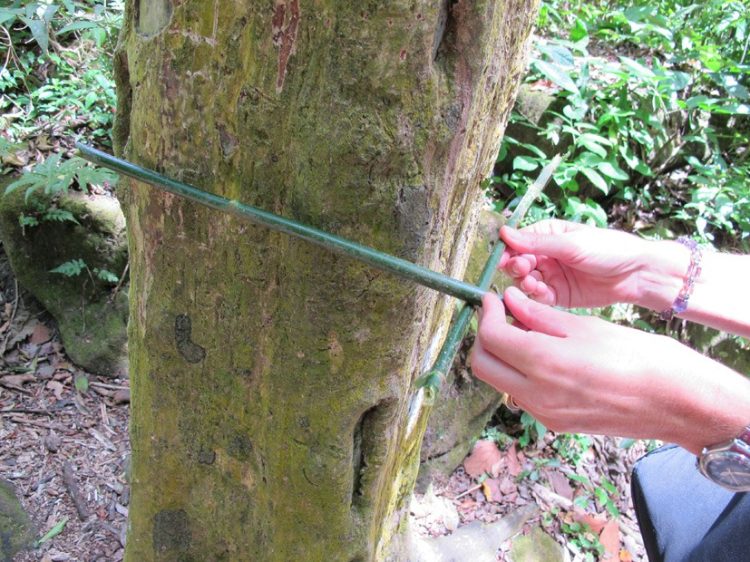
A few miles north of the Panama Canal Zone lies the Valley of Square Trees, a unique tourist attraction where trees of the cottonwood family have rectangular trunks. Unique in the entire world, this group of square-shaped cottonwood trees grows in a valley created from the ashes of a giant volcano – El Valle de […]
Areia Prata – Brazil’s Radioactive Beach
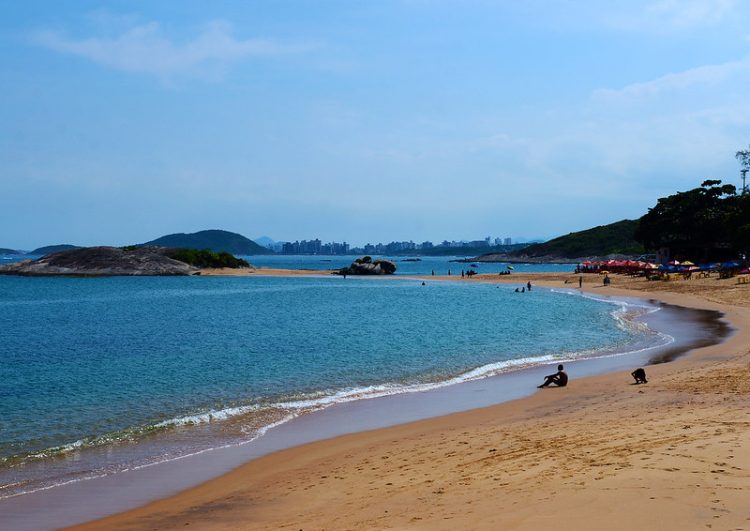
The Areia Preta beach in the Brazilian city of Guarapari is famous for its black sand which has external radiation levels of almost 400 times the normal background radiation recorded in the US. Brazil has hundreds of miles of beaches, but none are quite like “Praia Da Areia Preta”, in Guarapari. The sand in this […]
Centuripe – A Small Italian Town Shaped Like a Person
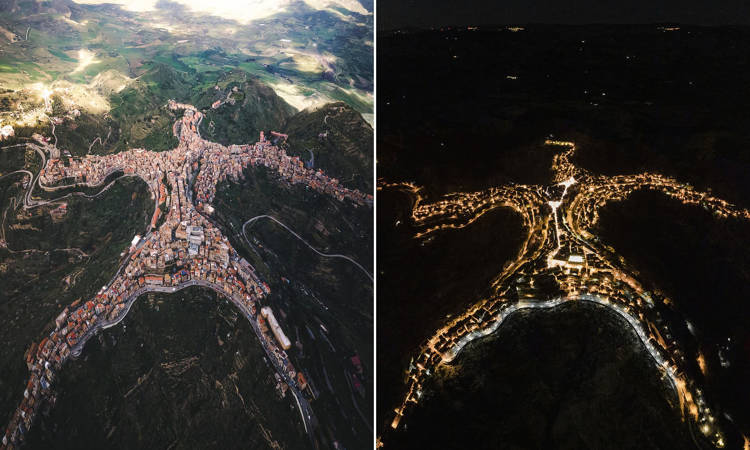
Centuripe, a small town tucked in the hills of Sicily, is known as “the balcony of Sicily” for the stunning views it offers across to Mount Etna, but few know that, from the air, the town itself is quite the sight. Pio Andrea Peri, a 32-year-old local photographer, recently used his drone to capture the […]
The Trembling Rock – A 132-Tonne Boulder That Anyone Can Move

The famous Trembling Rock of Huelgoat forest, in northeastern France, is a 7-meter-long, 137-tonne block of granite that anyone can move with their own hands, as long as they know how to push it. The forest of Huelgoat is home to numerous large boulders and geological wonders, but Trembling Rock is by far the most […]
Creepy Doll-Filled Balcony in Caracas Looks Like the Set of a Horror Movie
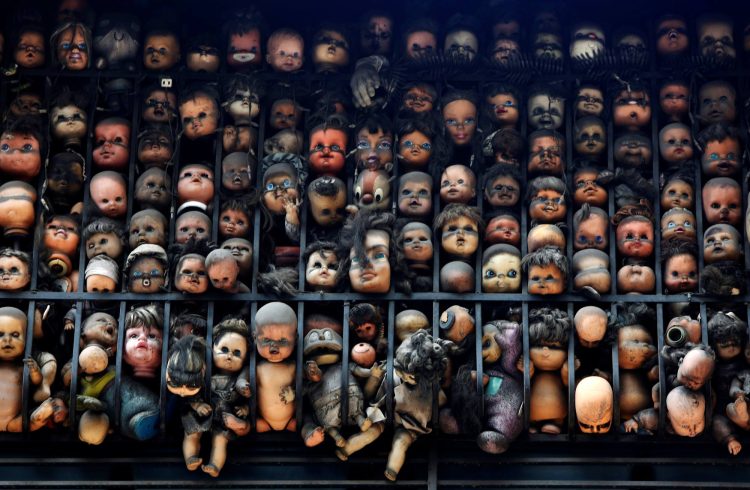
The “Balcony of the Dolls” is an eerie landmark in central Caracas, the capital of Venezuela. It consists of a large balcony lined with old doll heads that seem to follow people with their eyes as they pass by. Located in the middle of Avenida Este 12, between Fuerzas Armadas and Sur 5, in a […]
This World War I Refuge Dug Into the Side of a Mountain Is a Spectacular Sight
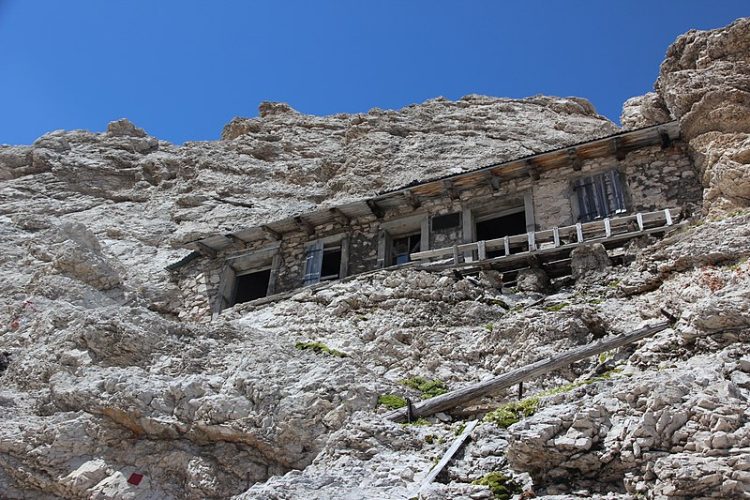
Carved into a vertical rockface in the Monte Cristallo massif, in Italy’s Dolomites Mountains, this incredible shelter sits at 2,700 meters (8,858 feet) above sea level. Mountain climbers brave enough to take on the Via Ferrata Ivano Dibona in the Italian Dolomites are treated to many memorable sights, including that of a unique structure embedded […]
Secluded New Zealand Waterfall Doubles as a Playground For Young Seals

The picturesque Ohau Waterfall on New Zealand’s Kaikoura coast is the only waterfall in the world that doubles as a seal creche, a place where the young marine mammals can play and socialize without having to worry about predators. Ohau is a 15-meter-high horsetail waterfall (the water maintains contact with the bedrock as it falls). […]
This French Bookstore Is a Cat-Lover’s Dream Come True

You know what a good book goes great with? Well, apparently cats, and this new bookstore in Aix-en-Provence, France is all the proof you need. Mon Chat Pitre opened its doors in June of this year, and it has already become somewhat of a local attraction in Aix-en-Provence, especially among cat lovers. It has a […]
The New York Earth Room – An NYC Apartment Filled With 140 Tons of Dirt
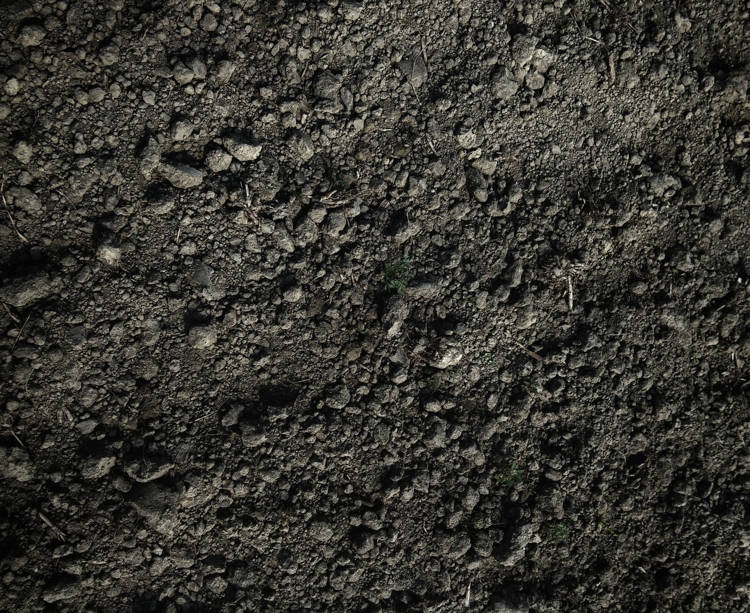
The New York Earth Room at 141 Wooster Street is a unique NYC attraction created in 1977 by local artist Walter De Maria by filling an apartment with 140 tons of dirt. Consisting of 250 cubic yards of fertile dirt covering the floor of an apartment located on the second floor of a building on […]
